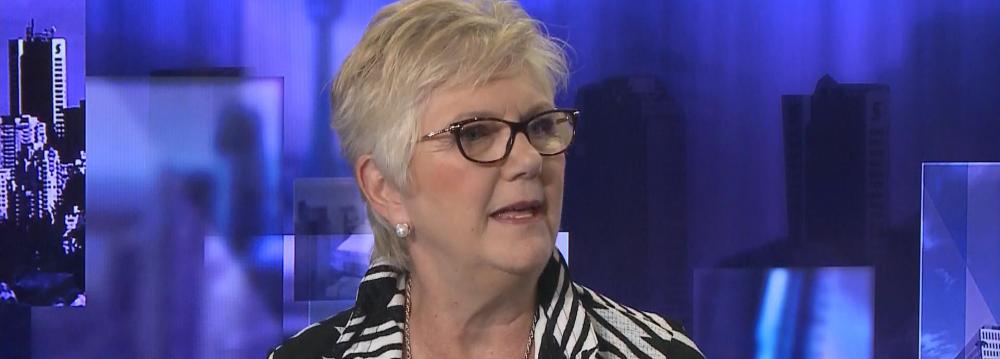With a bustling population of 80 million people and an estimated GDP of about $400 billion, Iran is an emerging market ripe for investment.
In an interview with Bloomberg, Dragica Grbavac, senior partner at Delta-Arjan Advisory, explains which industries and sectors are ready for foreign investment.
The Toronto-based firm, one of whose partners has been in Iran since 2009, advises Iranian firms to be “investor ready”. Excerpts of the interview follow:
Tell us about your financial advisory services.
We have a couple of partners here in Canada as well as in London—representing Europe. Since the nuclear agreement came into effect January last year, one of the things that Iran has experienced is literally a parade of people checking it out. One of the things we’re aiming to do is to work with these companies and really share and transfer a lot of the knowhow that we have in Canada as well as in Europe on how to get investor-ready.
So you’ve obviously got some great intelligence into industries and sectors. We know that Iran has something to the tune of $500 billion deficit of infrastructure, capital expenditures. What areas do you think there is particular opportunity for bilateral trade between Canada and Iran?
Clearly in knowledge transfer that’s possible. That is going to be one of the biggest benefits Iran could get. Secondly, the experience that we have in Canada in our financial services sector. We are known to have one of the most robust financial services industries in the world.
The banking sector in Iran is quite distressed and so we believe we can lend a lot of knowledge there. The other one is healthcare. Canada is very good in the method of delivering healthcare. The funding for healthcare in Canada is well regarded around the world and clearly Iran is looking for help in that area.
They have very robust automotive industry, so that wouldn’t be it. And lastly, infrastructure. They are in desperate need of materials and labor even in that area.
Lots of potential there. What are we hearing though, talking to Canadian companies and individuals potentially interested in going to Iran? Because there is so much in a sense noise out there around President Trump, around the threat of renewed sanctions, around the breakdown of this deal. I mean that must be casting some uncertainty over the future business prospects of Canada in Iran.
Well it could be believed that Trump has the ability to undermine ... But this is Canada. We’ve dropped the sanctions. And we are taking a very different view on Iran. The government is encouraging; the chambers of commerce all across Canada are encouraging.
Canada has a very large Iranian-Canadian community. Many people travel back and forth to Iran. On regular basis, many Iranians come to Canada. In fact, I was very surprised to see how many people in Iran are very familiar with Canada and they have family here. So there is a lot of opportunity for trade between Canada and Iran, no question.
Unfortunately the conversations that I have been having to date where there could be some investment in Iran, I’m a little disappointed to see that there is still a lot of US media influence. So it is going to be a very slow start.
When you look further into the future with Iran, this is a country that, I’ve heard, has been characterized as the kind of Brazil of the Middle East. A large growing population; as you say a real competency in depth; everything from software development to consumer fashion and consumer goods. Why do you think that story of Iran doesn’t get through?
If you think back since the revolution, now that’s 37 years ago right? And so they have been largely silent on the world stage. They have been closed off. They have had terrible sanctions against them all these years and the people have had to make do. They have had to struggle through creating their own economy internally.
Mind you, there was trade in the surrounding countries and a little bit with Europe. The difficulty has been they just haven’t been able to reach out. And a lot of that really has to do with [the fact that] they don’t have access to a lot of foreign currencies of course like the US dollar and the euro.


